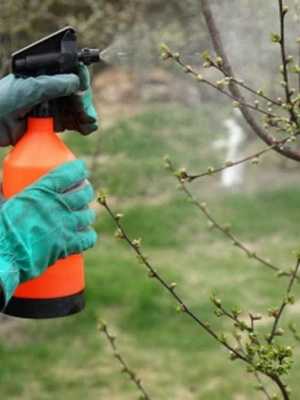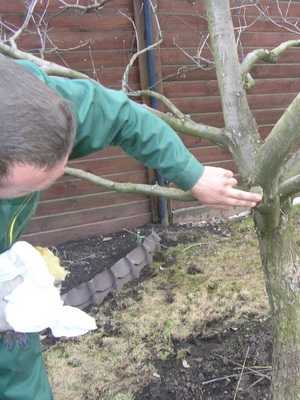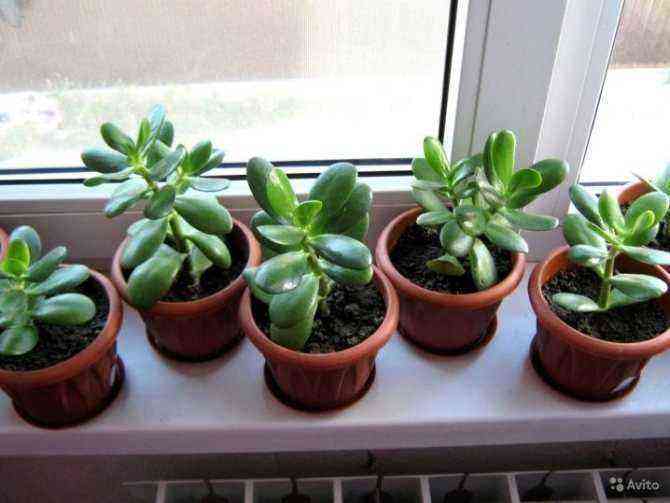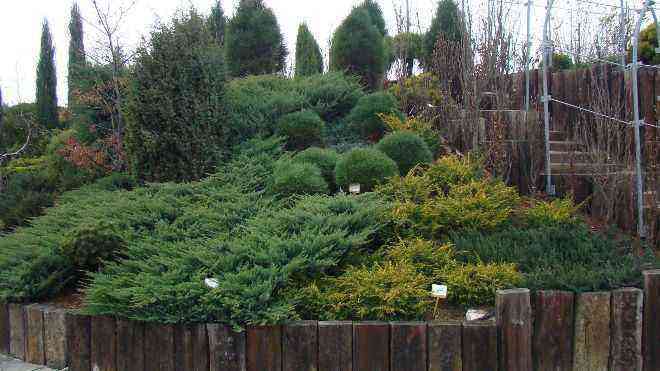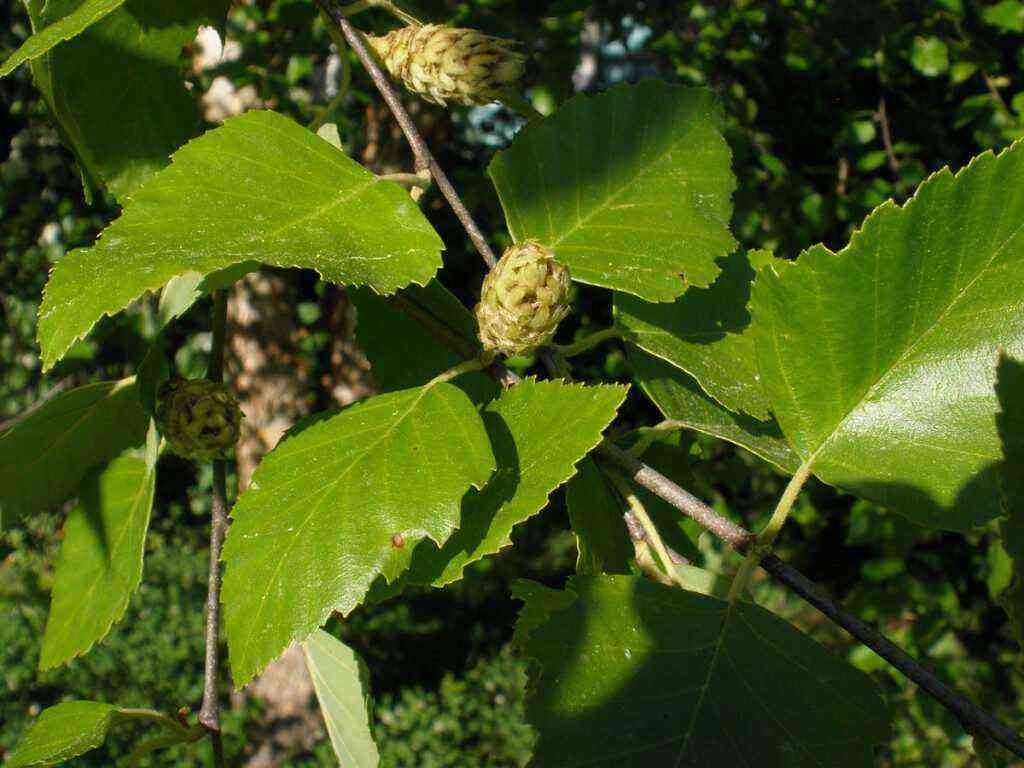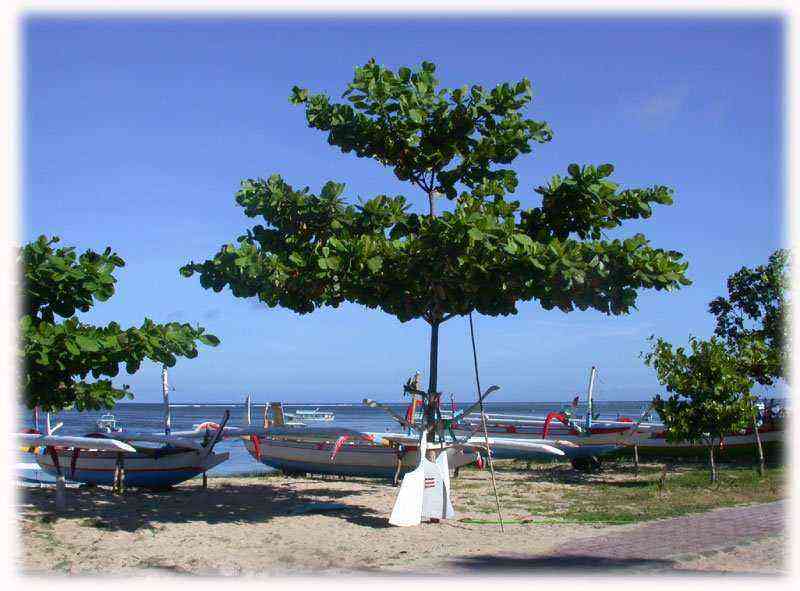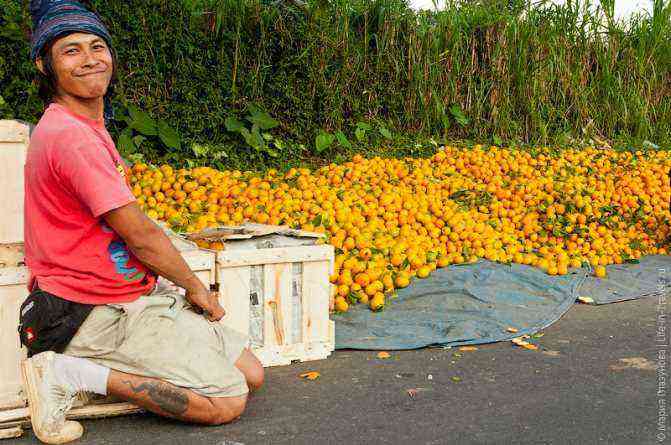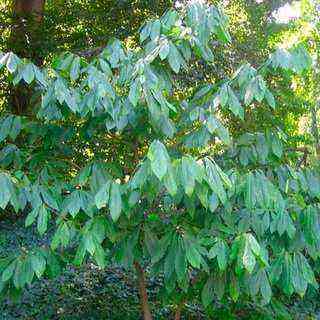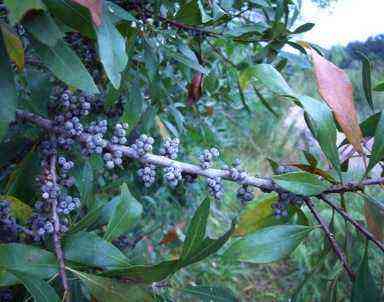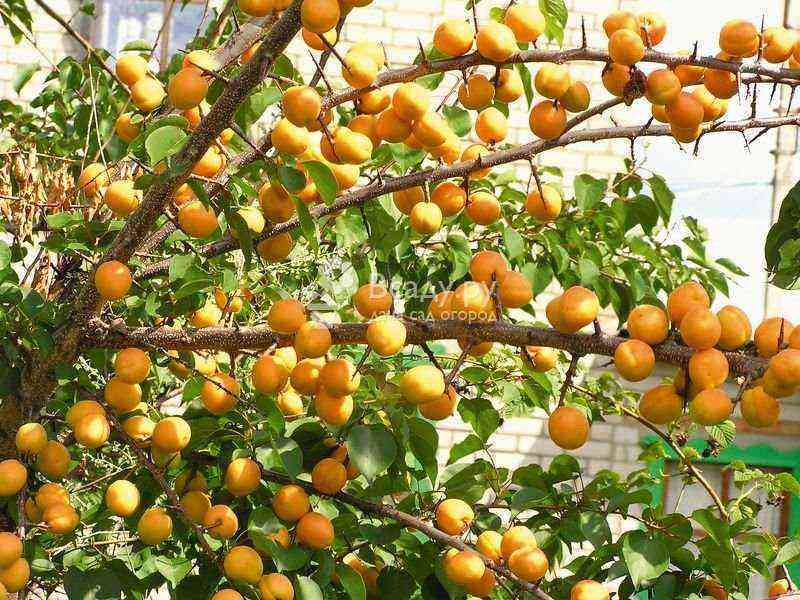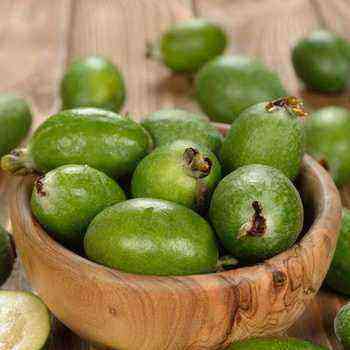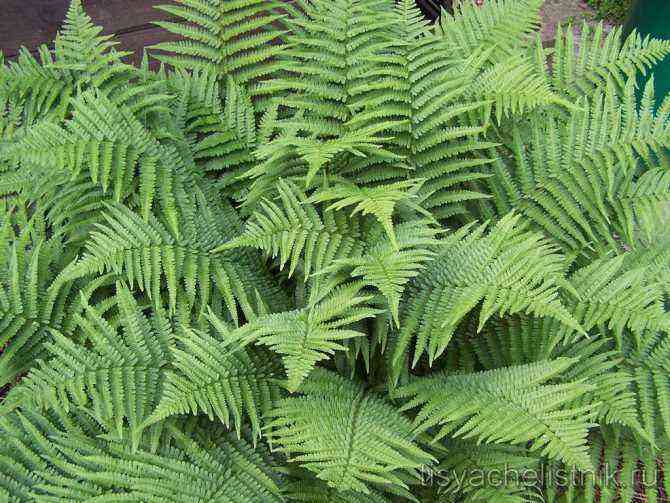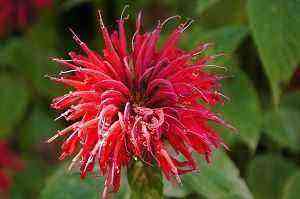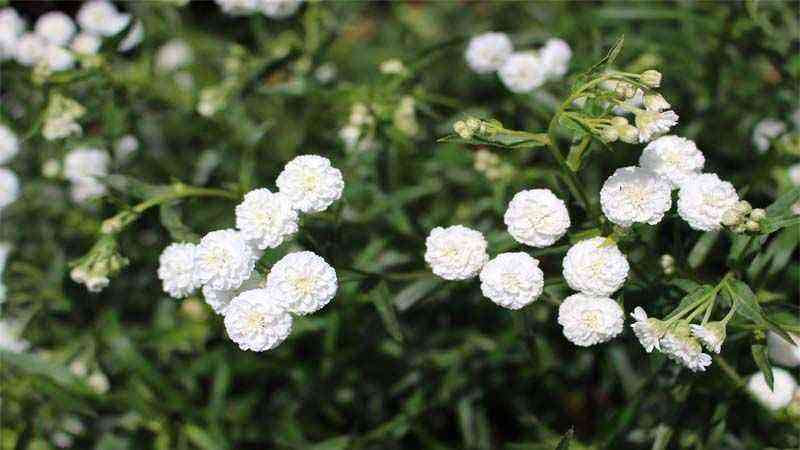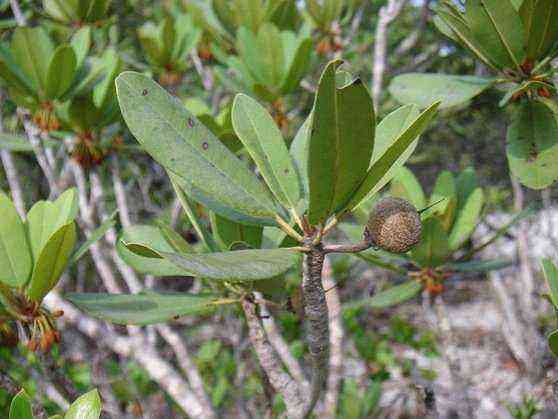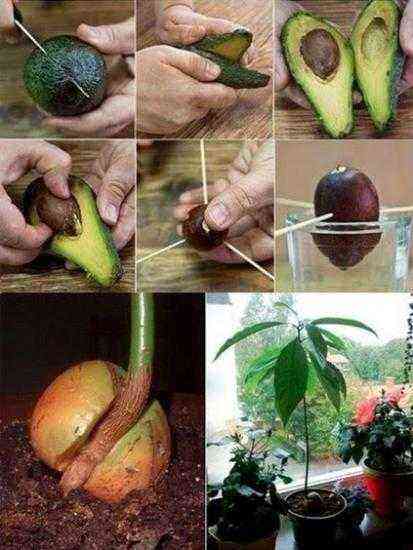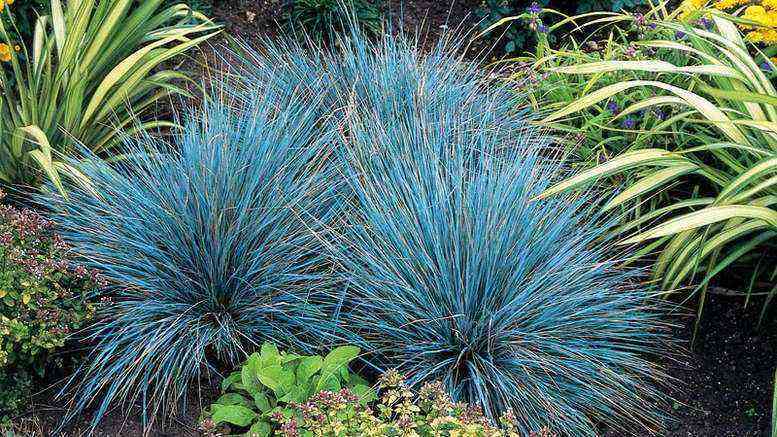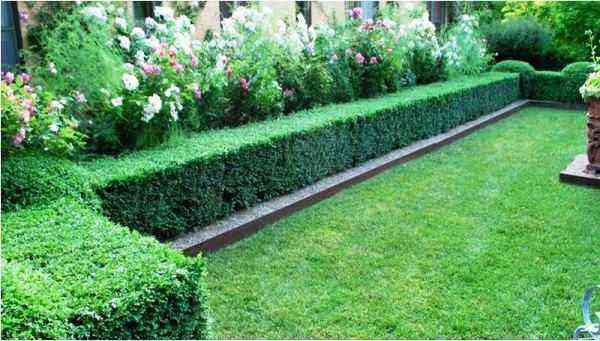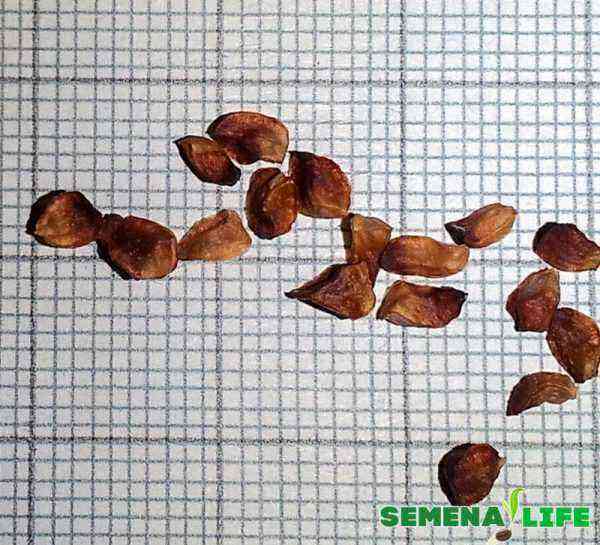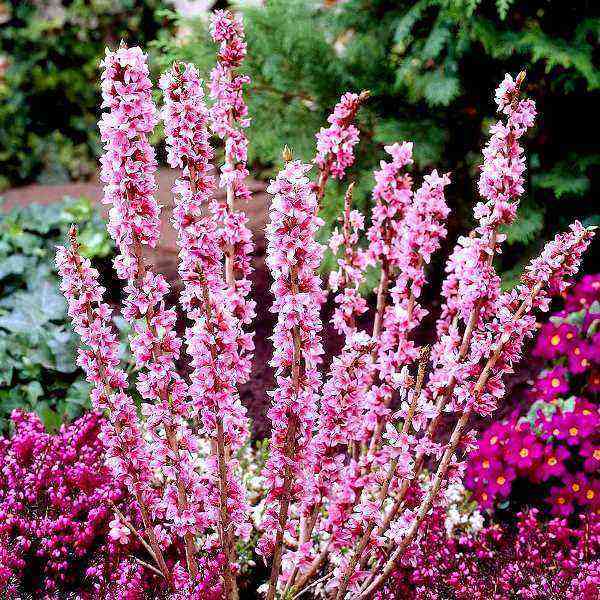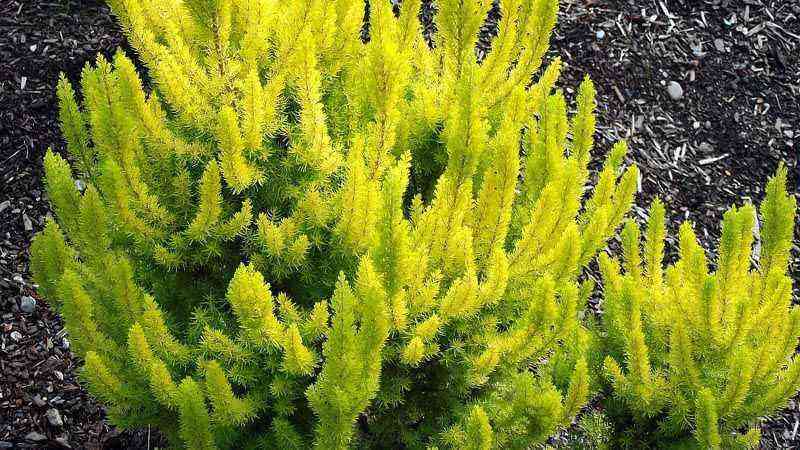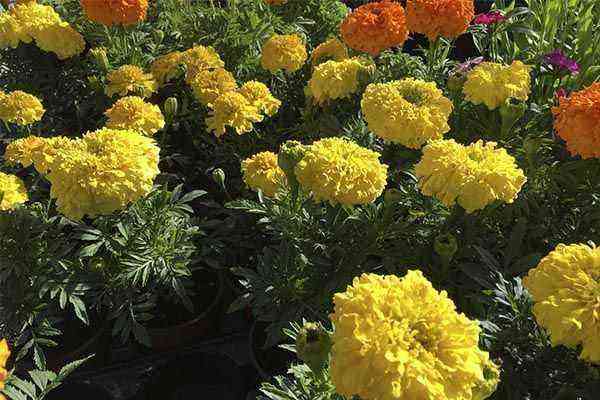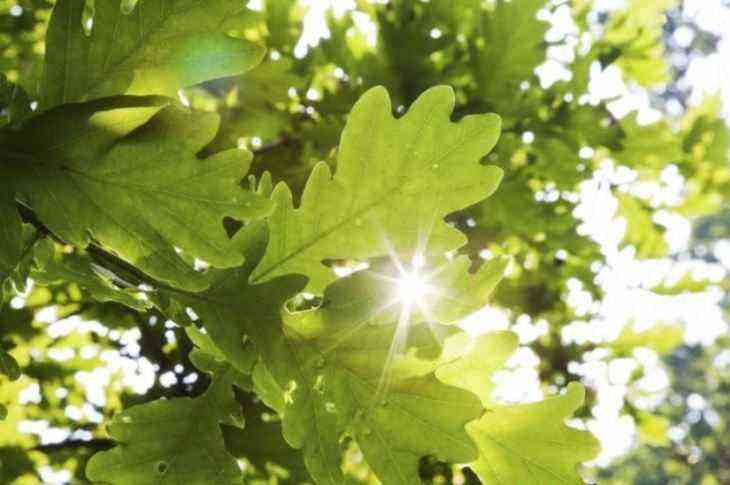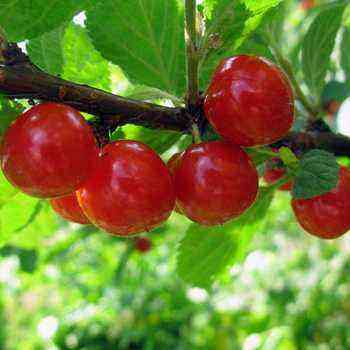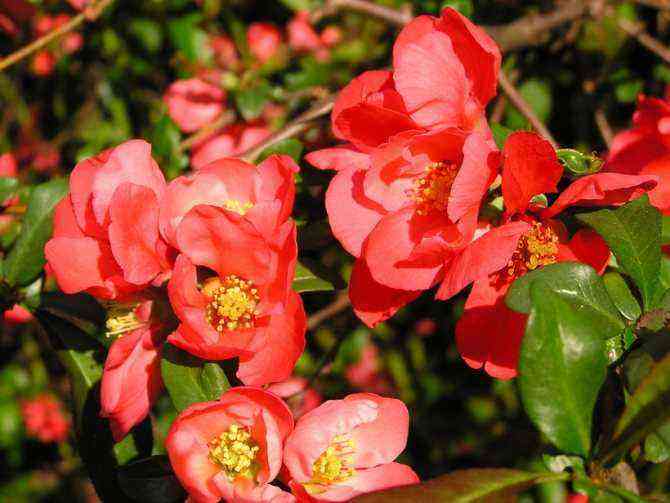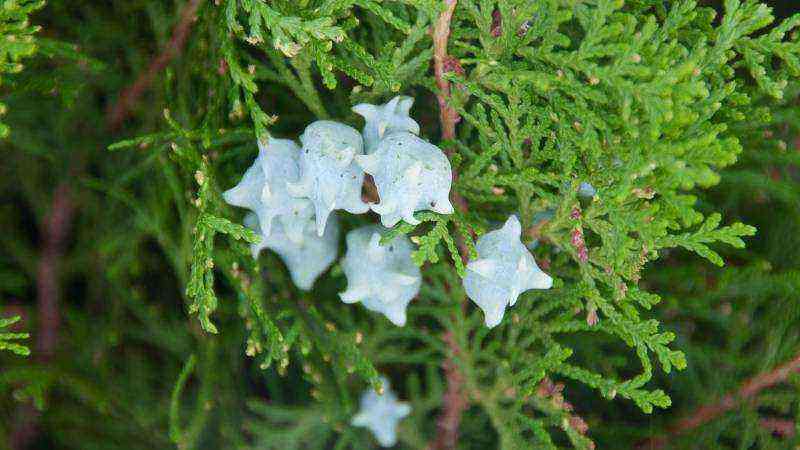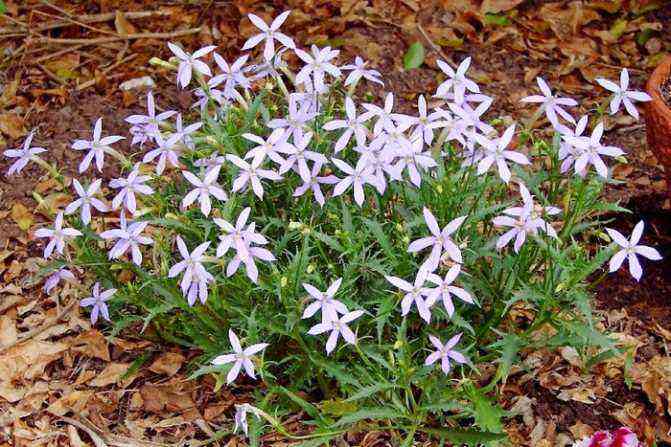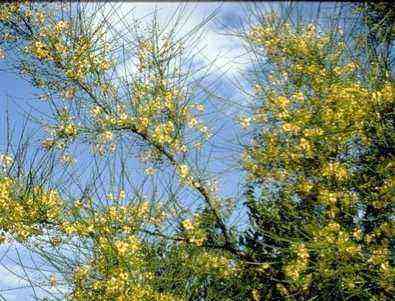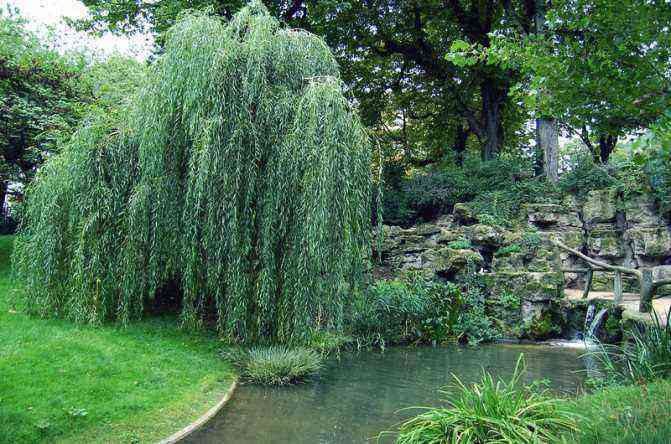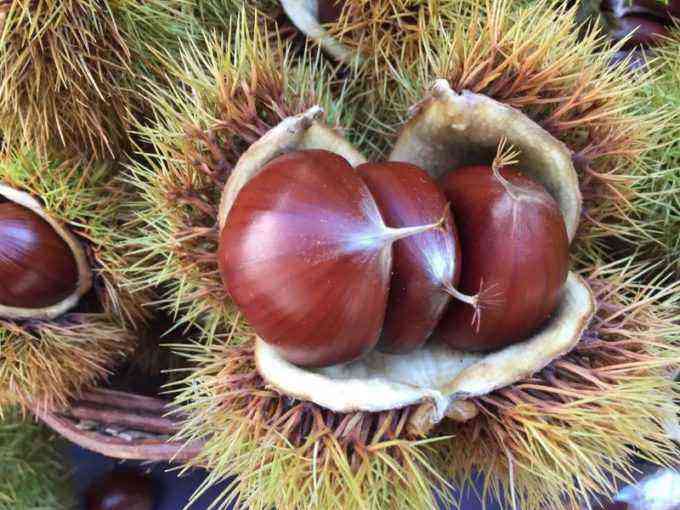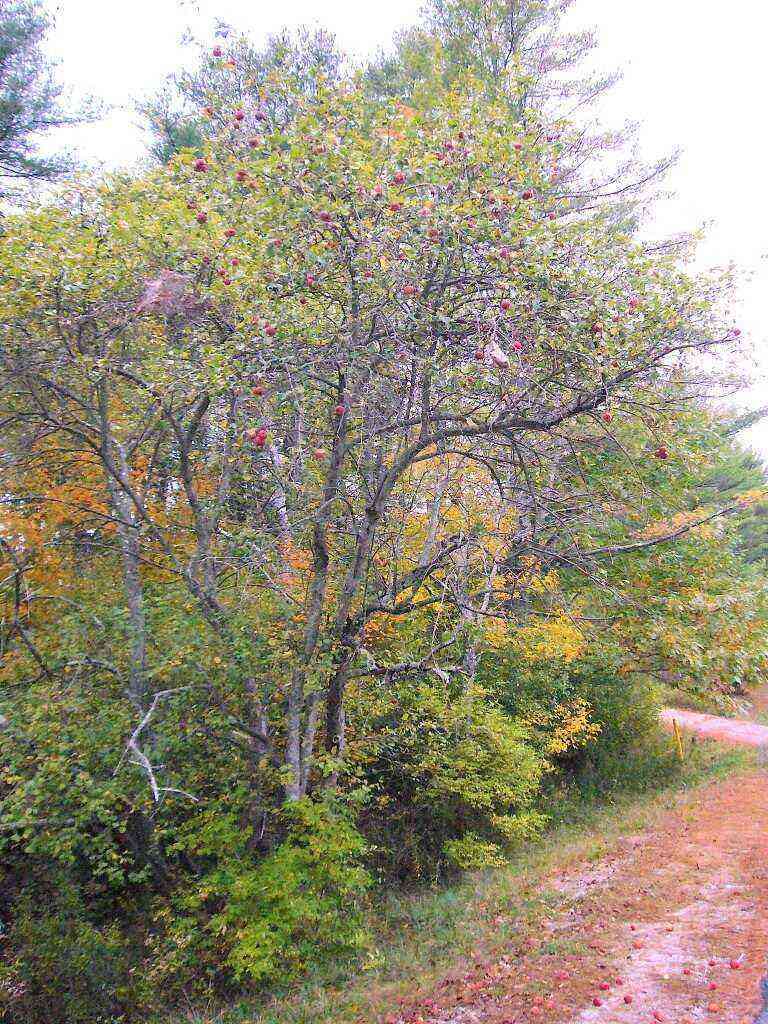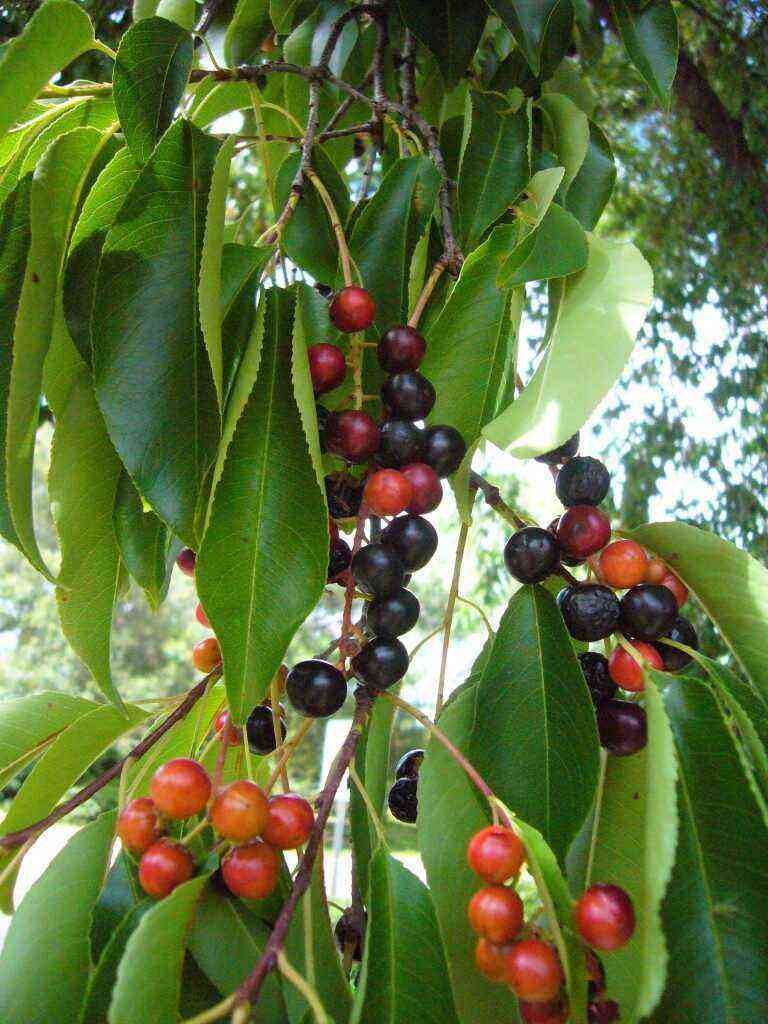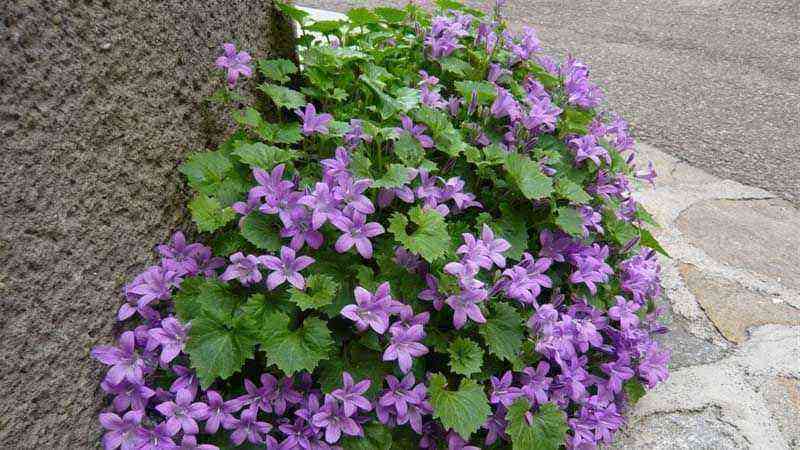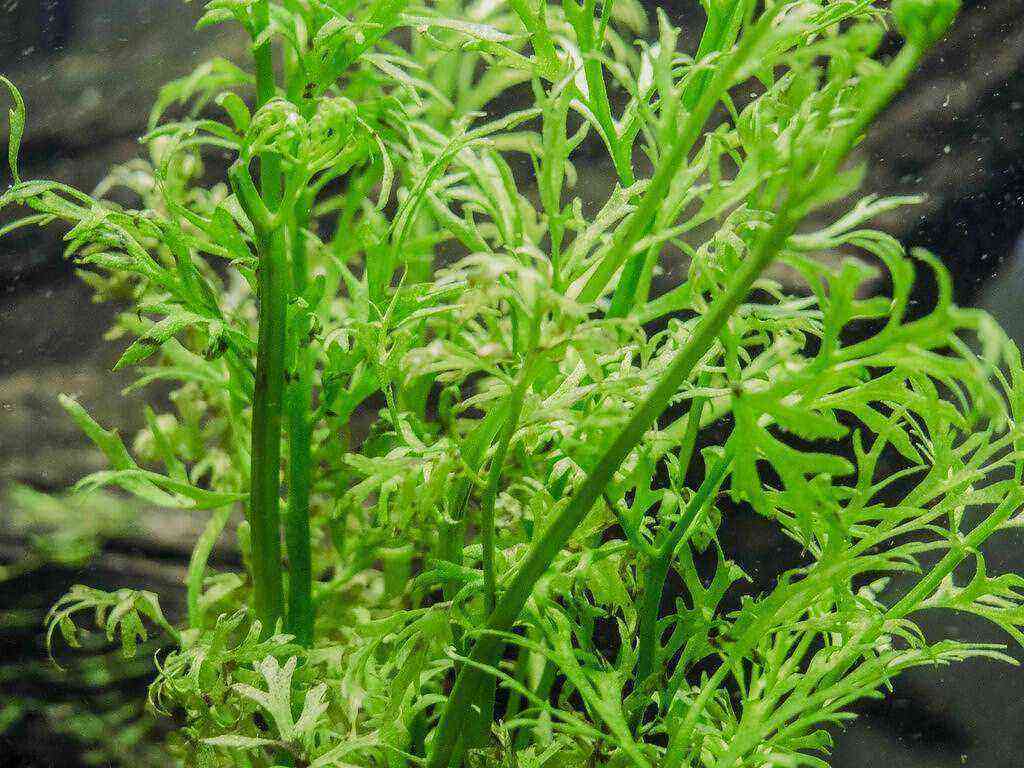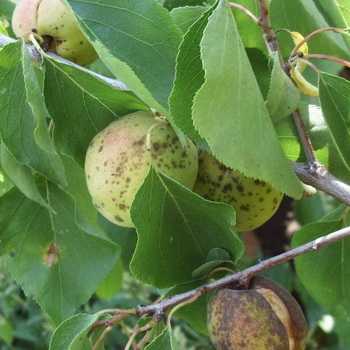 Without taking protective measures, pests and diseases of fruit trees can destroy the crop in the shortest possible time. Insects and infections are especially dangerous for plantings in dry or, conversely, too rainy seasons. In order to grow a crop without loss, the treatment of fruit trees and berry bushes from pests and diseases must be given priority attention.
Without taking protective measures, pests and diseases of fruit trees can destroy the crop in the shortest possible time. Insects and infections are especially dangerous for plantings in dry or, conversely, too rainy seasons. In order to grow a crop without loss, the treatment of fruit trees and berry bushes from pests and diseases must be given priority attention.
Diseases and pests cause great harm to gardens where they are protected from time to time. Competent protection of the garden is a reasonable combination of sanitary, biological and chemical control methods. It is important that protective measures are carried out simultaneously by all gardeners. Otherwise, the pests also settle in well-groomed areas, negating the efforts of gardeners who take timely protective measures. Carrying out measures to protect the garden in horticulture is difficult due to the enormous variety of varieties and excessive thickening of each garden.
This article provides a description of the main threats to the garden and information on how to spray fruit trees from pests and diseases.
Processing of fruit trees and berry bushes for the control of pests, mites and weevils.
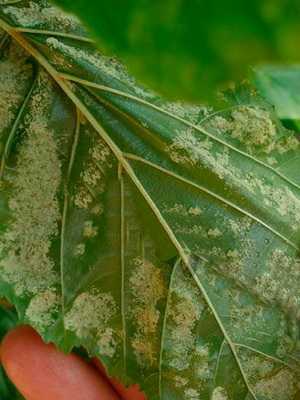
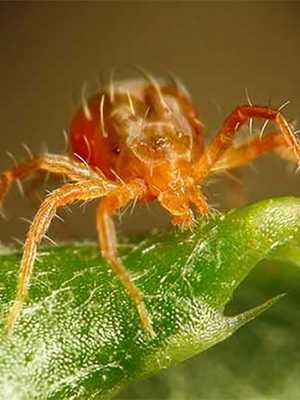
Ticks. The rusty leaf mite, which is very harmful to black currants, is microscopically small. When this pest is affected, the leaves of fruit trees and shrubs turn black, crumble by mid-summer, overgrowth begins, and the newly growing leaves and shoots are affected by powdery mildew. You can improve the currant bushes by using biological domestic preparations Fitoverm, Bitoxibacillin.


spider mite very harmful in dry hot summers. Damage appears on the leaves, which first turn yellow, then turn brown, become covered with cobwebs and dry out.
As a method of combating these pests, the treatment of fruit trees and shrubs with gray colloidal (50-100 g) is recommended.
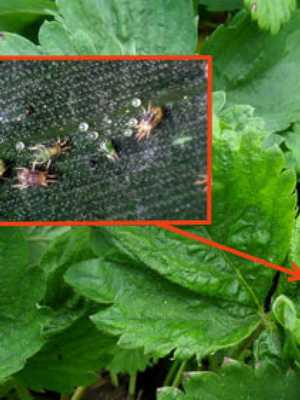
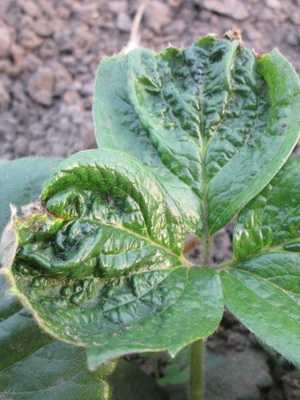
Strawberry transparent mite settles on berry bushes. Typical damages: wrinkled leaf, oily yellow spots on the leaves, the bush is undersized, does not bear fruit well, the berries are unsweetened. In winter, such bushes freeze out. Many gardeners mistake mite damage for a nematode.
By two treatments with one of these drugs or a mixture of them, you can completely clean the shrubs of ticks and other pests.
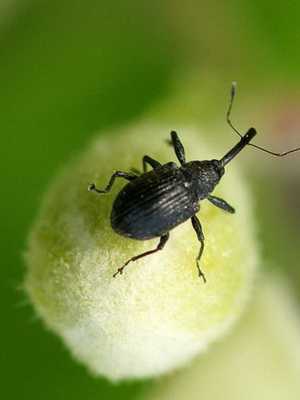
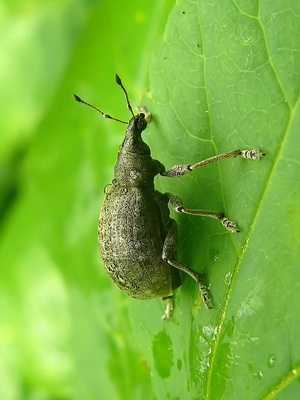
Weevils. If a bud is damaged and hanging on a strawberry or raspberry, the pedicel is broken, inspect it, and you will find the larvae of a raspberry-strawberry weevil. A month later, young beetles will emerge from the larvae: they damage the leaves of the strawberry, eating out the windows in them. After 20 days, the beetles will go to winter, and in the spring they can ruin the entire harvest of early varieties, since they populate the largest, central buds.
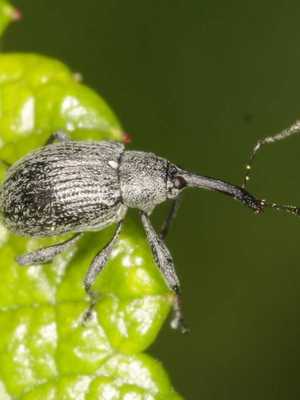

Strawberry weevil develops in two generations: gnaws through holes in the leaves of strawberries, with its mass colonization, plants can completely die.
Looking closely at the leaves of strawberries or raspberries, you can find another pest. He, eating the pulp from the underside, skeletonizes the leaves. It is a strawberry leaf beetle that develops in one generation.
Before flowering against weevils, spray with the following preparations: Aktelik – 15 ml, Fufan – 10 ml or Iskra – 10 g.
Next, you will learn how to treat fruit trees from pests of sawflies and leaf rollers.
Spraying fruit trees from pests of sawflies and leaf rollers
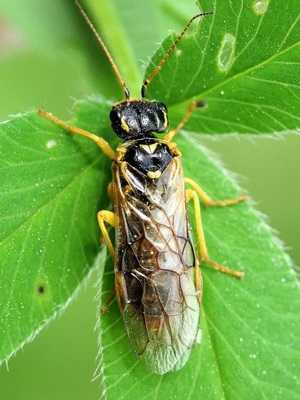
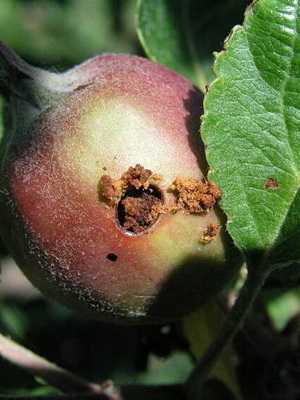
Apple sawfly. This pest of fruit trees is worth paying special attention to. Already 3-4 days after the flowering of the apple tree, along the cuts of a rusty color near the sepals, it is possible to determine the places of laying eggs by this pest. As many as 20 days the larva will “travel” from the perianth to the ovary, and then move to another fruit, making a secret passage, which will heal up in the form of a belt, and hit the third fruit, which has reached the size of a walnut.
See what this pest of fruit trees looks like in the photo:
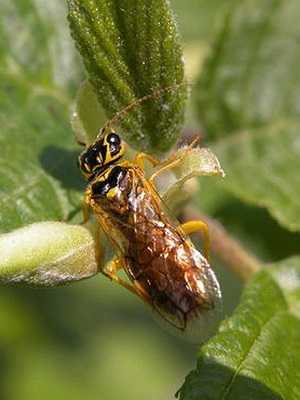
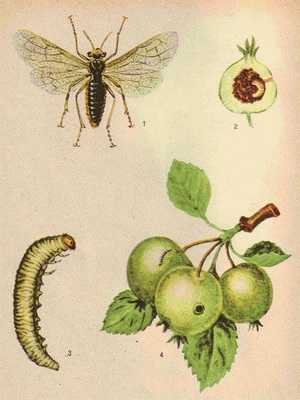
Many gardeners mistake wormy fruits for those damaged by the codling moth. The sawfly larva damages 3-5 fruits, completely eats up the entire future seed chamber, and the codling moth is only a part of the seeds, and this is their difference.
After three weeks of intensive feeding, the larva of this pest of garden trees will pupate into the soil (3-10 cm) near the tree and will wait here for the next spring. But, having waited for it, not all sawflies will come out “free”, 10-13% of pupae will remain in diapause until the next spring. This is a kind of reserve for survival in the coming years. It is necessary to loosen the soil in the near-trunk circles more often, drying out the top layer, which will cause the death of the pest.
For spraying fruit trees from pests of sawflies, the following means are used: Arrivo, Creocid Pro, Inta-Vir, Aktellik, Aktara, Fufanon, Novaktion; and Vermitex.
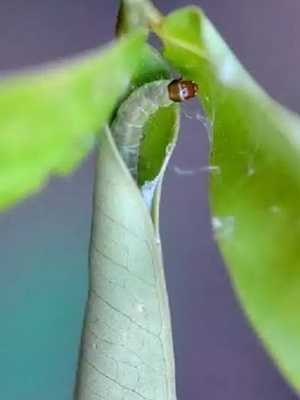
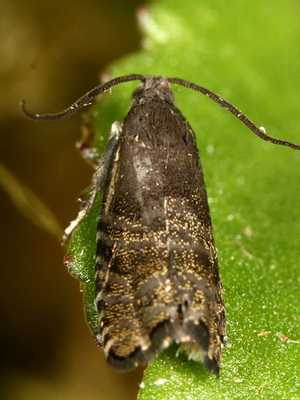
Leaf roll. In May, the hatching and emergence of leaf rollers is intensive: rosacea, willow crooked, reticulated, shy, plump hawthorn, changeable fruit (it envelops a flower rosette with a cobweb). And even before the end of the month, 6-7 new species of these insect pests of fruit trees will be added, including the subcrustal leafworm, which, unlike the above, damaging the stems, skeletal branches of all fruit crops, makes moves under the bark, destroys trees. That is why, when carrying out protective measures, simultaneously with the treatment of the crown of trees, it is necessary to spray the boles.
To treat fruit trees and shrubs from these pests, spray with the following preparations: Aktelik – 15 ml, Fufan – 10 ml or Iskra – 10 g;
How to process fruit trees to protect against insect pests of wasps and hornets
In July, when summer apples, apricots, peaches, plums, grapes ripen, fruits are often damaged by such insect pests of fruit trees as wasps and hornets. The nature of the damage is a small, neat hole with rounded, as if carved, edges. Within a short period of time, it rots, and the fruit crumbles to the ground. And in the bunch of grape berries there is almost no pulp and juice left, one skin. This is mainly the job of the wasps.
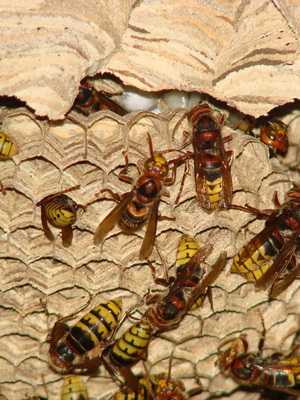
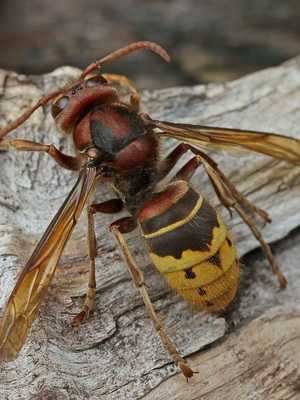
Hornets, in addition, harm young trees by scraping the bark from twigs, boles during the construction of nests.
Insects of this species live in large families, in large nests, under the roofs of houses, in the hollows of old trees, pipes, trellis fence supports and burrows.
Control measures for these pests of fruit trees:
- find a nest, make a torch and burn (carefully);
- process the nest with karbofos or Fury (Taran);
- pour boiling water or soapy water over the nest;
- A good remedy for spraying fruit trees from these pests is an infusion of red capsicum (do not forget about this treatment yourself, wash the fruits thoroughly before eating);
- put paper caps on the grape bunches (2-3 days before the expected removal);
- fish with fruit-based scent baits: apples, pears, grapes with added honey for the scent. Pour the bait into long narrow-necked or plastic bottles with a cut in the cap. For this, a special bait “From wasps” is recommended.
The next section of the article is devoted to the fight against other pests of fruit trees.
How to spray fruit trees from other pests: effective remedies
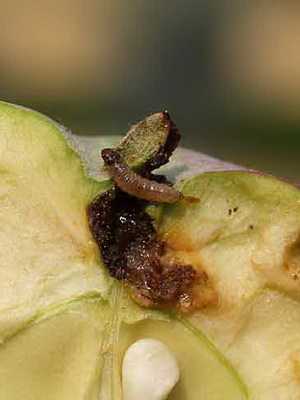
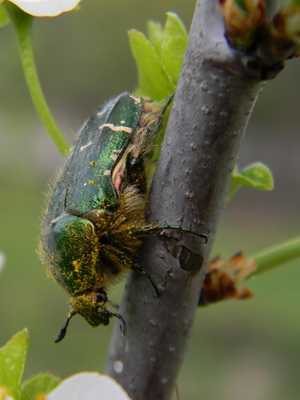
Golden bronze. It is quite harmful during the flowering of trees, eating away the stamens and pistils in the flowers of pome crops, and it will be even more dangerous for the grapes during its flowering (it can completely eat up the inflorescences).
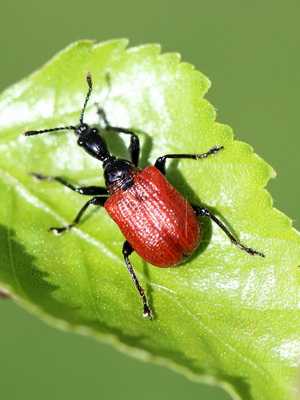
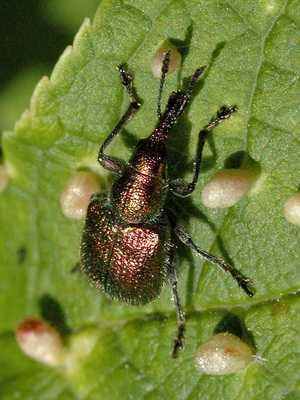
Trubokvert. These pests of fruit trees gnaw the buds and their contents, pupate, folding the leaves into a cigar.

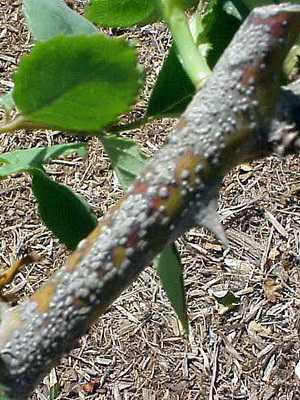
Apple moth and Californian scale insect. By the end of the flowering fruit, the codling moth is announced, and then the Californian scale insect (33-38 days after the beginning of flowering). In June, to protect the fruit trees from these pests, it will be necessary to use “tramp” treatment, and again at the beginning of August.

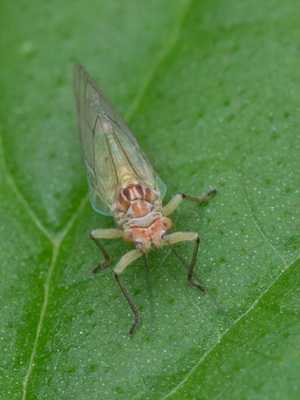
Pear beetle (honeydew). It begins its widespread harmful activity, under certain conditions gives 3-5 generations, leaving at a temperature of + 2-3 ° C! This pest not only damages young shoots, causing premature leaf fall in summer, but also carries viral and mycoplasma diseases. You can protect yourself from copperhead. For the treatment of garden trees from these pests, preparations (insecticides) Taran or Kinmix with the addition of 30 g of liquid soap and 100 g of vegetable oil or diesel fuel to the working solutions are effective.

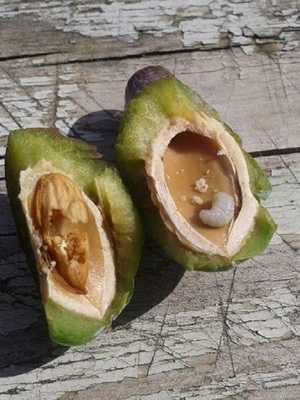
Plum thickfoot (eurytoma). Of the stone fruit pests, apart from the well-known geese, weevils, and sawflies, the plum tree stump (eurytoma) deserves special attention. The insect lays eggs during the flowering of plum and cherry plums and will lay them for another 10-12 days in green fruit. Tolstopod is omnivorous, damages plums, cherry plums, thorns, cherries, sweet cherries, apricots. The hatched larva bites into the bone and feeds on the contents of its fruit.
The fruits will begin to crumble by July, and the larvae will remain inside the seed until the spring of next year, after which they gnaw round holes in the seed, and everything will start over. The pest can enter diapause (if there is no plum flowering) for another year. This is to ensure the survival of the species.
Against this pest of fruit trees, treatment should be carried out immediately after shedding 75% of the petals and again after 10-12 days. Recommended effective remedies: Kinmiks, Karbofos (Fufanon), etc.
Protecting fruit trees from spot diseases
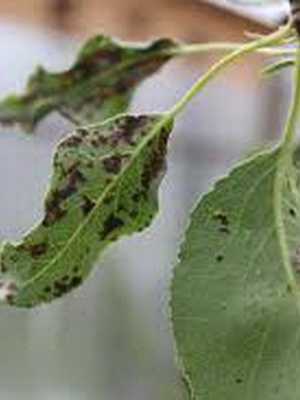

Brown spot. This disease of fruit trees is widespread and has two waves of development – early spring and autumn. In summer, during a drought, the disease dies out, but does not disappear. Red-brown spots of a rounded, vague shape appear, black spots form on the top of the leaves along the surface, pillows – the fruiting bodies of the fungus are a source of plant re-infection. The mushroom hibernates inside the leaves.
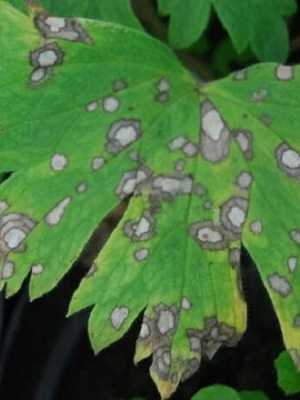

Ramulariasis, or white spot. It affects up to 50% of the leaf blade. Small rounded spots appear on the leaves of fruit trees affected by this disease, light gray in the center with a clear purple rim, the center of the spot falls out, the leaf looks perforated. In wet weather, a light bloom of sporulation develops in the form of dense formations. It hibernates on leaves and is a source of infection. You can lose up to 15% of the harvest.
Brown, or angular, spotting. The most harmful in the southern regions, affects up to 60% of the leaves, causing their mass death.
As you can see in the photo, with this disease, light brown spots form on the leaves of fruit trees, then dark ones with a purple spot:
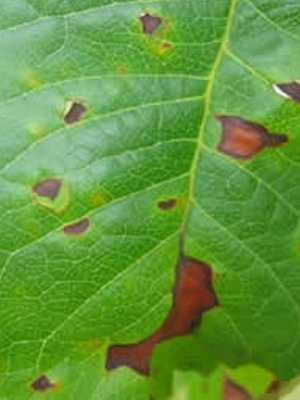
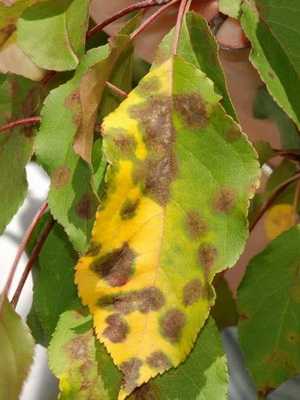
The spots grow and grow over the entire leaf. The shape of the spots is angular; they are located along the midrib of the leaf. Angular spotting is more likely to damage older leaves, and this disease progresses in the fall.
The disease of brown and brown spotting greatly weakens the crops, since it develops just at the time when the laying and formation of fruit buds are taking place, which sharply reduces the yield h. Some plants wilt, however, other fungal diseases, such as fusarium, verticellosis, late blight wilt, can also be the cause of wilt.
To protect fruit trees from these diseases, pay special attention to agricultural techniques:
- choose an open, ventilated, sunny place for placement;
- the best predecessors; onions, garlic, lettuce, herbs, beets;
- cannot be placed after nightshades, tomatoes, peppers, eggplant, potatoes, asters, lilies, gladioli, chrysanthemums;
- do not compact plantings, remove weeds;
- keep the plantation for no more than 3 years;
- purchase planting material in research institutes or nurseries;
- plant varieties only zoned in this zone;
- in early spring, clean the plantations of old leaves;
- during the growing season, remove all whiskers, except for those that will go to the laying of new plantings;
- pick berries damaged by gray rot, late blight;
- during the period of “budding” can be treated with immunocytophyte;
- mulch the aisles with dry grass, sawdust or straw before ripening;
- to reduce the number of ticks and diseases, it is possible to recommend removing the leaf apparatus, provided that pruning is carried out immediately after the last berries are removed. Leave cuttings of leaves (1-2 cm) above the heart. Delay is dangerous, the plant is weakened, does not tolerate wintering well. Water immediately with top dressing with full compound fertilizer.
Against a complex of pests and diseases of garden trees, see monthly work calendars and follow the following tips:
- from ants and bears at the beginning of the growing season, add Thunder to the soil – 30 g / 10 m2;
- from all sorts of spots, gray rot on fruiting strawberries immediately after the snow melts and at the very beginning of the growing season, it is necessary to carry out an eradicating spraying with a 3% Bordeaux liquid. If for any reason you are late, use a 1% solution of copper sulfate or a copper-soap emulsion (200 g of soap and 20 g of copper sulfate per 10 liters of water);
- good results are obtained by using the biostimulator Novosil.
Treatment of garden trees from the disease milky shine
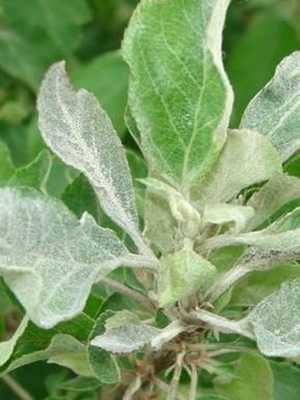
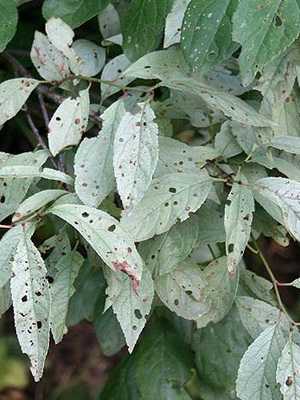
Non-infectious milky shine. By the middle of the hot summer, a milky shine appears on plums, apricots, apple trees and other fruit trees. The leaves become silvery, fragile, brittle, but do not change their shape, fall off earlier than others in the fall. This disease of fruit trees develops due to freezing of trees, soil and air drought. To treat this disease, you can water fruit trees with complex fertilizers with microelements.
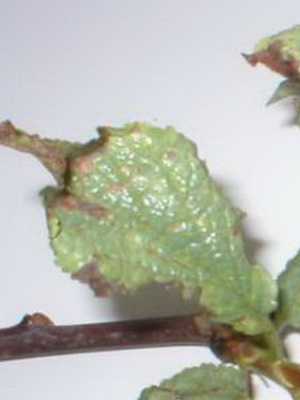
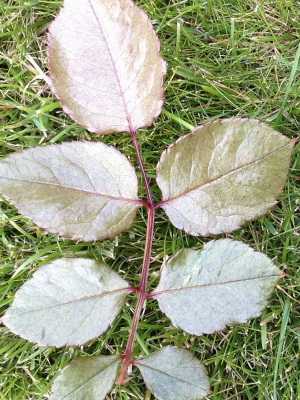
Infectious milky shine. It is caused by a fungus that settles on trees in places damaged by frost and sunburn. And already in early spring, the first signs of infectious chlorosis appear: the leaves are small, bubble, dark brown spots appear on them. The same spots appear on the wood, in the cut around them – a lighter color. By the end of the growing season, dense blocks of fungal sporulation appear on the bark. The top of this block is white-gray, the bottom is purple and then brown. Fighting this disease of fruit trees is useless – if such symptoms are found, the plant must be removed. If the branch is small, it should also be cut off with the capture of healthy wood 20-30 cm and burned. Disinfect the cut with a 1% solution of copper sulfate (10 g per 1 liter of water), cover with garden varnish.
Later in the fall, whitewash the trees with the capture of skeletal branches with any reflective solution, or coat the stems and bases of the skeletal branches with a mixture of clay and fresh cow dung (1: 1). If the precipitation will wash off the whitewash in winter, re-whitewash them under the thaw in order to avoid March frosts and sunburn.
Diseases of fruit trees vitreousness, powdery mildew and gray mold

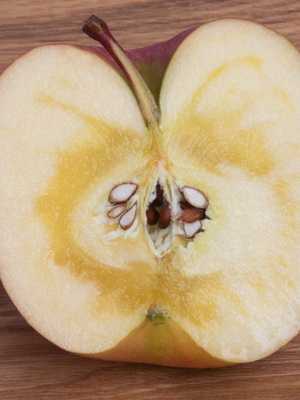
Vitreousness. Such a nonparasitic disease is also found on the apple tree. The cause of the disease is metabolic disorders. Vitreousness develops with excessive water intake before picking up the fruit (for example, heavy rain has passed or “overdone” with watering) or overexposure, over-ripening of the fruit, in which the breakdown of carbohydrates into sugar occurs. In addition, the disease can appear when stored in a rather damp basement. Vitreousness is manifested in apples as follows: large translucent areas appear on the surface of the skin of the affected fruit, the fruit becomes hard, heavy, and loses its taste. Diseased tissues turn brown, subsequently rot.
With the completion of the flowering of fruit trees, the settlement of all “floors” of the crown with pests and diseases ends. Due to weather conditions, many gardeners did not have time to protect perennial fruit plantations by the “green cone”, the extension of inflorescences and the “pink bud”. The last chance is given to us by nature – to make the garden clean and healthy in a short period after flowering.
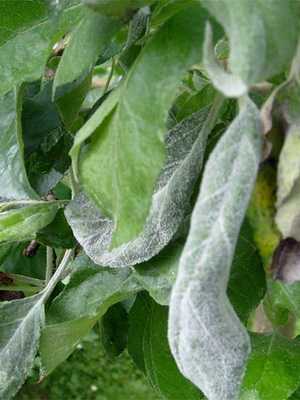
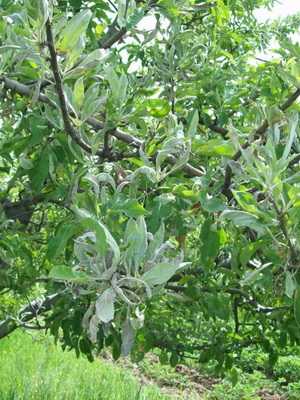
Powdery mildew. This disease of trees manifests itself in the garden everywhere, depending on the resistance of the variety on the leaves from the underside, forming a delicate, inconspicuous white bloom. Then the leaves stop growing, curl up in a “boat” and dry up. In humid and warm summers, it is strongly manifested in the center of the bush. And from the berries comes a mushroom smell. The fungus hibernates on the affected parts of the plants. Infection begins on young leaves, develops massively during flowering and fruiting, as well as in the second half of summer.
Infection of apple trees with powdery mildew occurs in the “green cone” phenophase, followed by a secondary infection. The incubation period of infection is from 4 to 10 days. In extreme heat, the development of the disease is suspended. To protect the garden from powdery mildew, it is better to use Topaz. Colloidal sulfur – only on those varieties that do not give a rusty mesh (away from gooseberries).
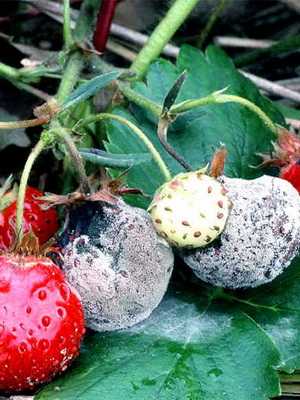

Gray rot. In humid summers, after excessive watering at the beginning or after each harvest, gray rot is badly damaged. Under such conditions, gardeners carry out in buckets and immediately throw out berries covered with gray rot, which should not be allowed in any case: it is better to bury them deeper in the ground.
In addition, on many varieties (Korey, Golden Delicious, Goldspur, etc.), the use of Bordeaux liquid and its substitutes may result in a rusty mesh over the ovaries.
Fighting tree disease in the garden with fruit rot
A monilial burn causes great harm to pome and stone fruits, later it will manifest itself in the form of fruit rot.
Fruits of an early ripening period, due to their biochemical processes, even under conditions of forced cooling, can last no more than 1-1,5 months. The fruits of the summer ripening period quickly starch, swell and become unsuitable for use. But even those laid down for short-term storage can rot. There are many reasons for this: temperature and water conditions, lack of protective measures and violation of agricultural technology.
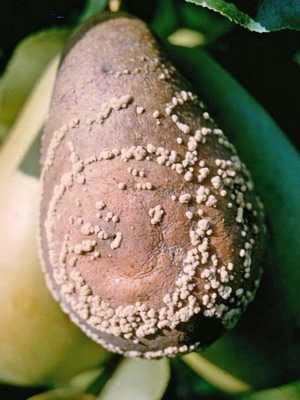
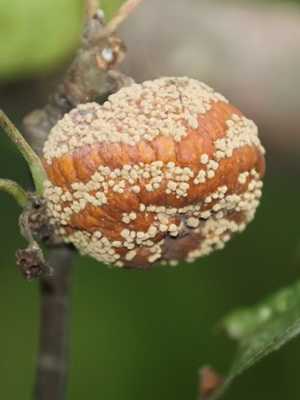
Rotting, or fruit rot, of pome fruit is a very common disease that causes great damage to orchards. Fruit rot can also affect the fruits of the winter ripening period, and during the growing season, and many stone fruit breeds.
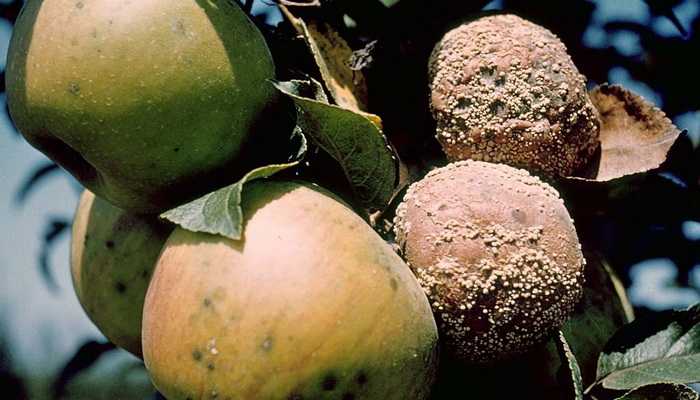
External signs of the disease appear in the middle of the growing season, after pouring the fruits in the form of small brown specks, which grow very quickly and cover the entire surface.
At high humidity and moderately high temperatures, yellow-ash sporulation pads are formed on the damaged parts of the fruit, the fungus or spores are arranged in concentric circles. Sporulation of the fungus on affected fruits is absent at low air humidity and high or, conversely, low air temperatures. In these cases, the fruits become blue-black and glossy, and then mummified. Damaged fruits are often left hanging from the tree. If a damaged fruit comes into contact with a branch, the parasitic fungus can infect it. At the same time, dark, depressed elliptical spots form on the wood, or appear in the form of a ring, and the upper part of it dries out.
The disease caused by the fungus Monilinia frucigena is called moniliosis. The mycelium of the fungus hibernates on affected branches, shoots, and mummified fruits. A strong development of the disease is observed at relatively high (24-27 ° C) temperatures and high air humidity, accompanied by rains. The rate of spread of the disease depends on many factors: on the variety, the density of the skin of the fruit, its physiological properties (acidity, dry matter content in the fruit), etc.
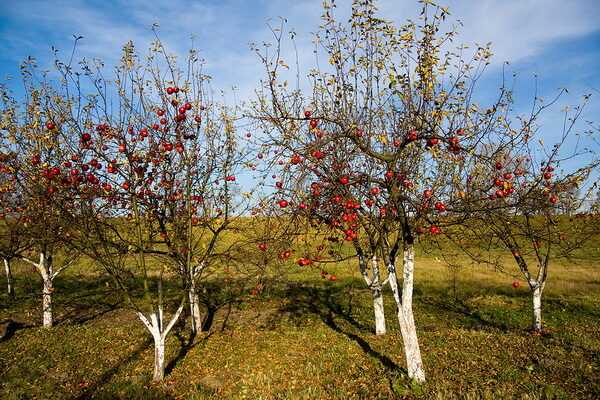
Control measures are mainly agrotechnical and chemical. The garden should be well ventilated, not thickened, for digging and during the growing season it is necessary to provide fertilizers containing phosphorus and potassium, additives of microelements. In case of heavy prolonged rainfall or moderate watering in the garden, it is necessary to harrow or loosen the soil with a Fokin flat cutter in order to quickly ventilate and remove excess moisture.
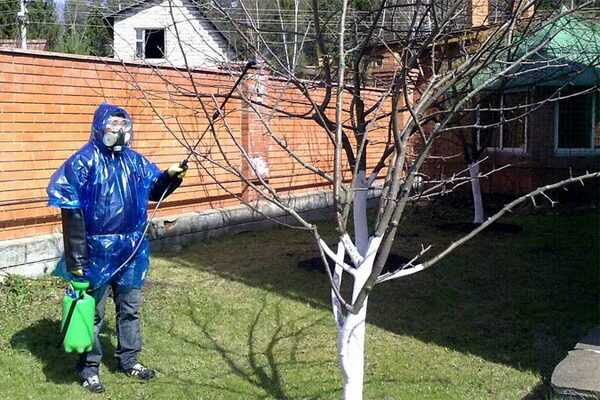
Of the chemical measures for the treatment of this disease of fruit trees, it is necessary to apply prophylactic spraying, starting from the “green cone” phenophase, with copper-containing drugs, and then with systemic drugs Skor and Strobi, while strictly observing the waiting times.
Good results are obtained by spraying before flowering and after it with Novosil (3 ml per 10 l of water).
In addition, the use of calcium nitrate as a foliar dressing (50 g per 10 l) as an additive to the working solution of chemicals when spraying 2-3 to 5 times during the growing season increases the resistance of fruits to moniliosis damage and improves the quality of fruits.
Don’t make mistakes:
- Plant trees in your garden using the recommended planting patterns.
- Avoid thickening.
- Summer ripening period should be no more than 1-2 apple trees, etc.
- Prune trees correctly and in a timely manner.
- Water once a month and apply fertilizers that contribute to a longer maturation of the fruits.
- Do not overexpose the fruit on the trees.
- Follow the schedule of calendar preventive treatments with fungicides, skillfully combining them with insecticides.
- Apply foliar dressing and growth and fruiting stimulants (Novosil, Rostok, etc.).
The final section of the article is devoted to how to treat fruit trees against clusterosporium and coccomycosis diseases.
How to process fruit trees for the treatment of dangerous diseases (with photo)
Let us recall the two most dangerous diseases of stone fruit: clusterosporium disease (perforated spot) in plums and cherry plums (an infection occurs at a positive temperature of 18-22 ° C and a humidity of more than 70%); and in cherries and sweet cherries – coccomycosis. It causes premature yellowing of leaves by the end of May – early June, and closer to August – premature leaf fall and, as a result, a decrease in yield and premature death of the tree. For the treatment of these diseases of garden trees, copper-containing preparations are recommended (1% Bordeaux liquid, HOM (copper oxychloride) or Oxyhom, Abiga-Peak).
It is necessary to pay attention to one more feature of pest and disease control of garden trees and berry bushes. The use of pyrethroid drugs (decis, etc.) in gardens caused the appearance of herbivorous mites, so add an Apollo-type acaricide to the recommended drugs, as well as one of the fungicides for fungal diseases (Skor, Horus). Don’t forget about Novosil. Remember to remove and burn all branches affected by a monilial burn; they should be cut off with the capture of healthy wood (10-30 cm).
These photos show how to treat diseases of fruit trees:
